Affiliate links on Android Authority may earn us a commission. Learn more.
2020 was the year of the mid-range smartphone
December 16, 2020
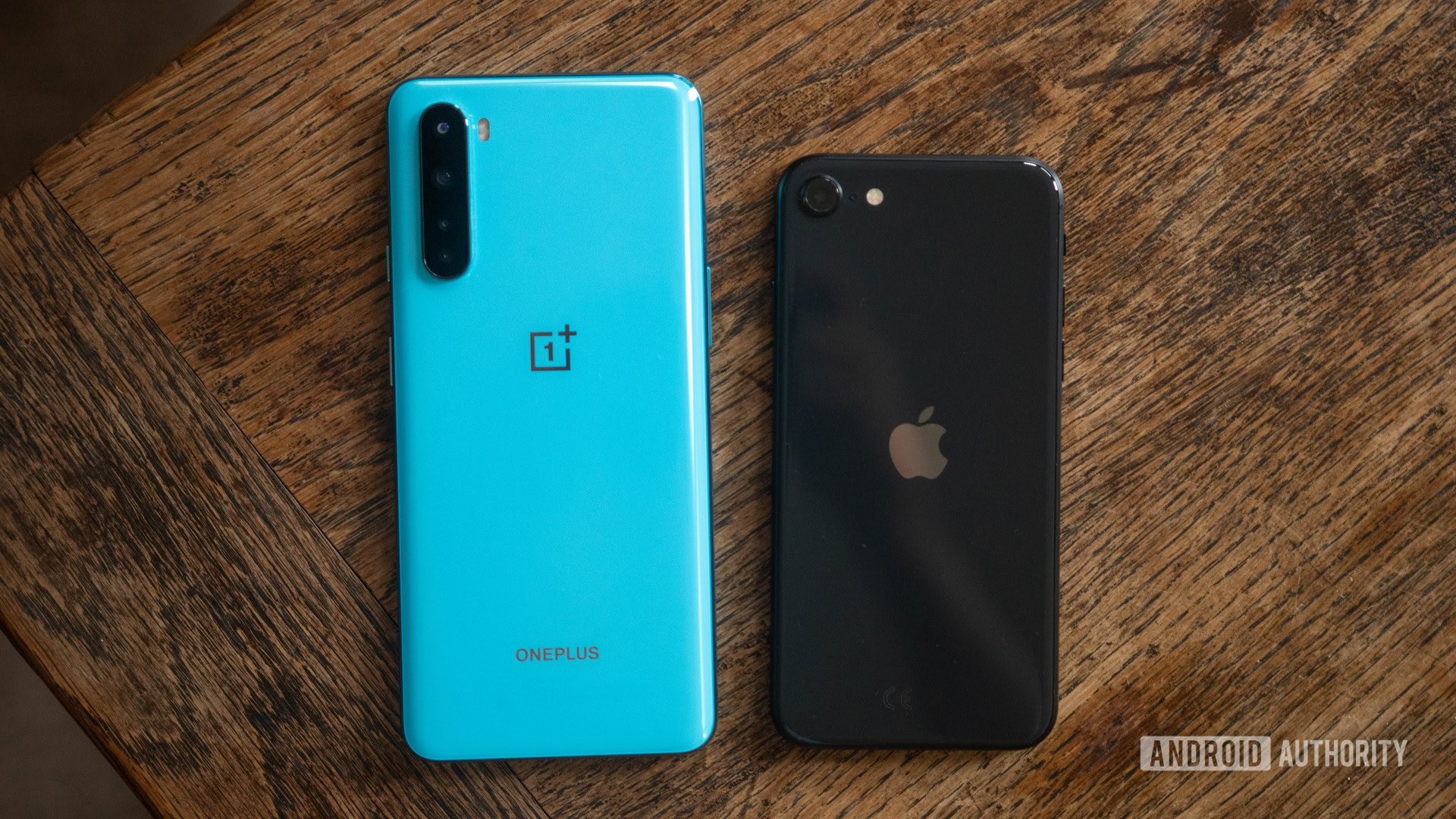
2020 is drawing to a close, and it’s been marked by numerous trends in the smartphone space. We saw 5G become a reality for a ton of markets, high refresh rates trend down to budget phones (with mixed success), and quad camera systems become the norm.
Yet, 2020 can certainly be marked as the year when mid-range phones became better and more important than ever.
A ton of high-end features came to mid-rangers
One of the more compelling reasons why mid-range phones thrived in 2020 was because we saw an increase in premium features trickling down the price ladder.
High refresh rate displays are one of these features, with high profile mid-rangers like the OnePlus Nord offering fluid, faster animations for $500 and under. In fact, we even saw the likes of the realme 7 and POCO X3 come to Europe with 90Hz screens for under €300.
Faster charging was another feature that moved downstream to the budget segment. 30W or even faster charging became available on phones like the OnePlus Nord, POCO M2 Pro, realme 7 series, and Redmi Note 9 Pro.
We can’t forget about 5G either! 2020 marked the debut of mid-range 5G silicon from Samsung, MediaTek, and kingpin Qualcomm. Prominent mid-range 5G phones include (you guessed it) the OnePlus Nord, Google Pixel 4a 5G, Moto G 5G Plus, and the Samsung Galaxy A51 5G. All of these phones are available for under $500.
Qualcomm’s Snapdragon 765G played a major role in the proliferation of more affordable 5G phones. Qualcomm’s chipset was adopted by a ton of Android OEMs in 2020, including OnePlus, Google, Samsung, Xiaomi, Nokia, LG, OPPO, and realme. The chip brought plenty of premium features too, including mmWave support, 4K/60fps recording, and high refresh rate support.
Another minor trend we saw in 2020 was the adoption of wireless charging and a significant IP rating. However, this was restricted to the iPhone SE and Sony Xperia 10 II.
Flagship 5G silicon drove up prices
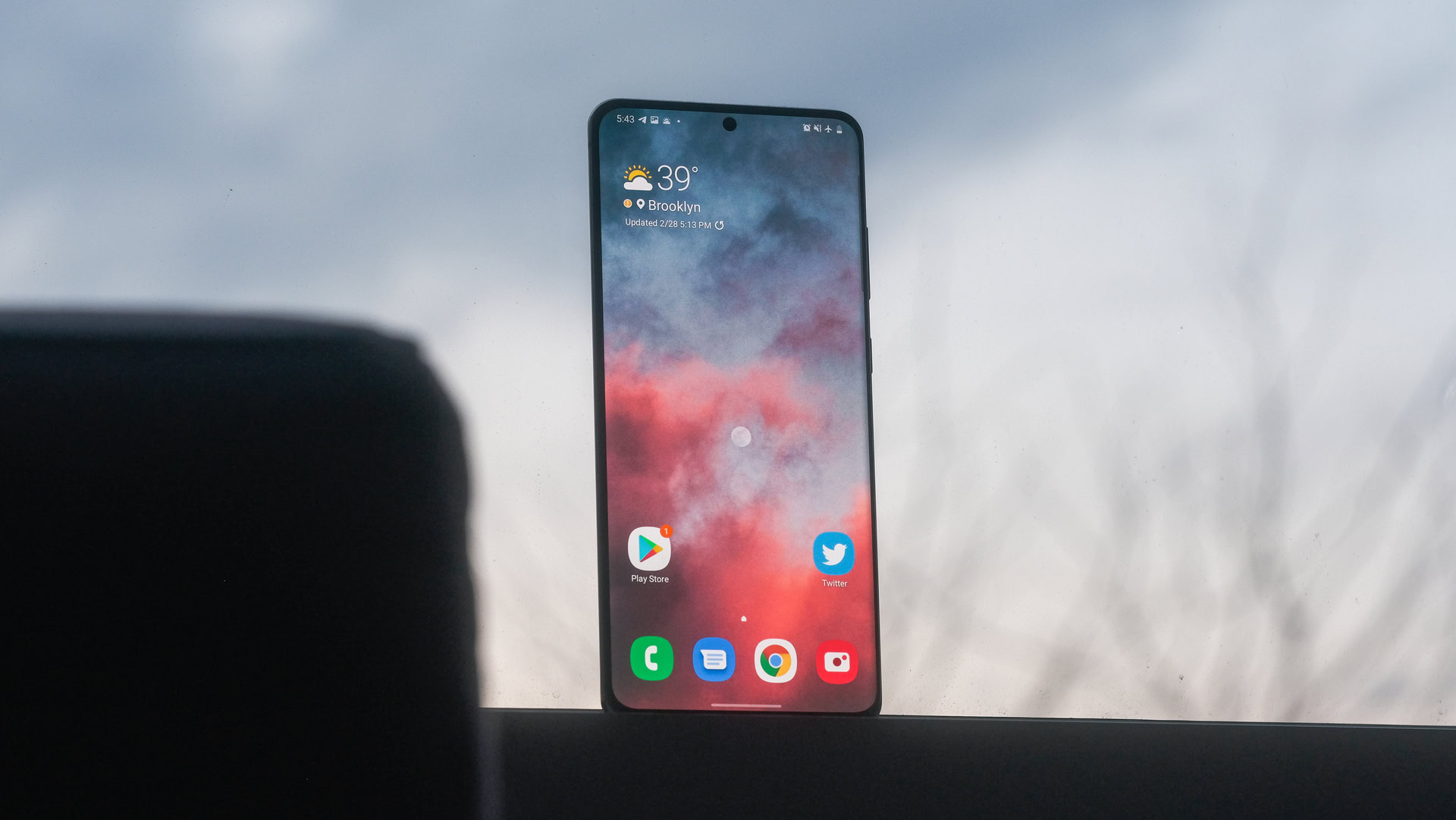
Arguably the biggest reason why mid-range phones became important in 2020 was that flagship prices shot up this year. This is largely attributed to Qualcomm’s Snapdragon 865 series being significantly more expensive than the Snapdragon 855 chips used in 2019’s high-end phones. Aside from the high cost of flagship silicon, 5G-related components such as mmWave antennas also contributed to the increased cost.
In the case of premium phones, 2020 saw some of these devices go from ~$1,000 to even greater heights. Samsung was one of these guilty players. The cheapest Galaxy S20 Ultra and Galaxy Note 20 Ultra retailed for $1,400 and $1,300, respectively. Meanwhile, the cheapest Galaxy S10 Plus and Galaxy Note 10 Plus variants started at $999 and $1,099, respectively.
Chipset pricing is widely thought to be the main reason behind flagship price hikes.
Unfortunately, even affordable flagships have seen a major price hike in 2020.
Xiaomi, for example, offered the Mi 10 series starting at €799 for the standard Mi 10. Meanwhile, the Mi 9 started at €449. That’s a massive price leap for a brand that’s typically been associated with affordable high-end phones.
OnePlus is another OEM that has a reputation for more affordable high-end phones. However, it erased all doubts about its premium plans when it priced the OnePlus 8 Pro at $899. Last year’s OnePlus 7 Pro retailed for $669, making it cheaper than the $699 OnePlus 8 even.
These price increases made the best cheap phones look even more enticing, but it also encouraged the rise of a new category that bridged the gap between the mid-range and the premium segment.
The rise of the super mid-ranger
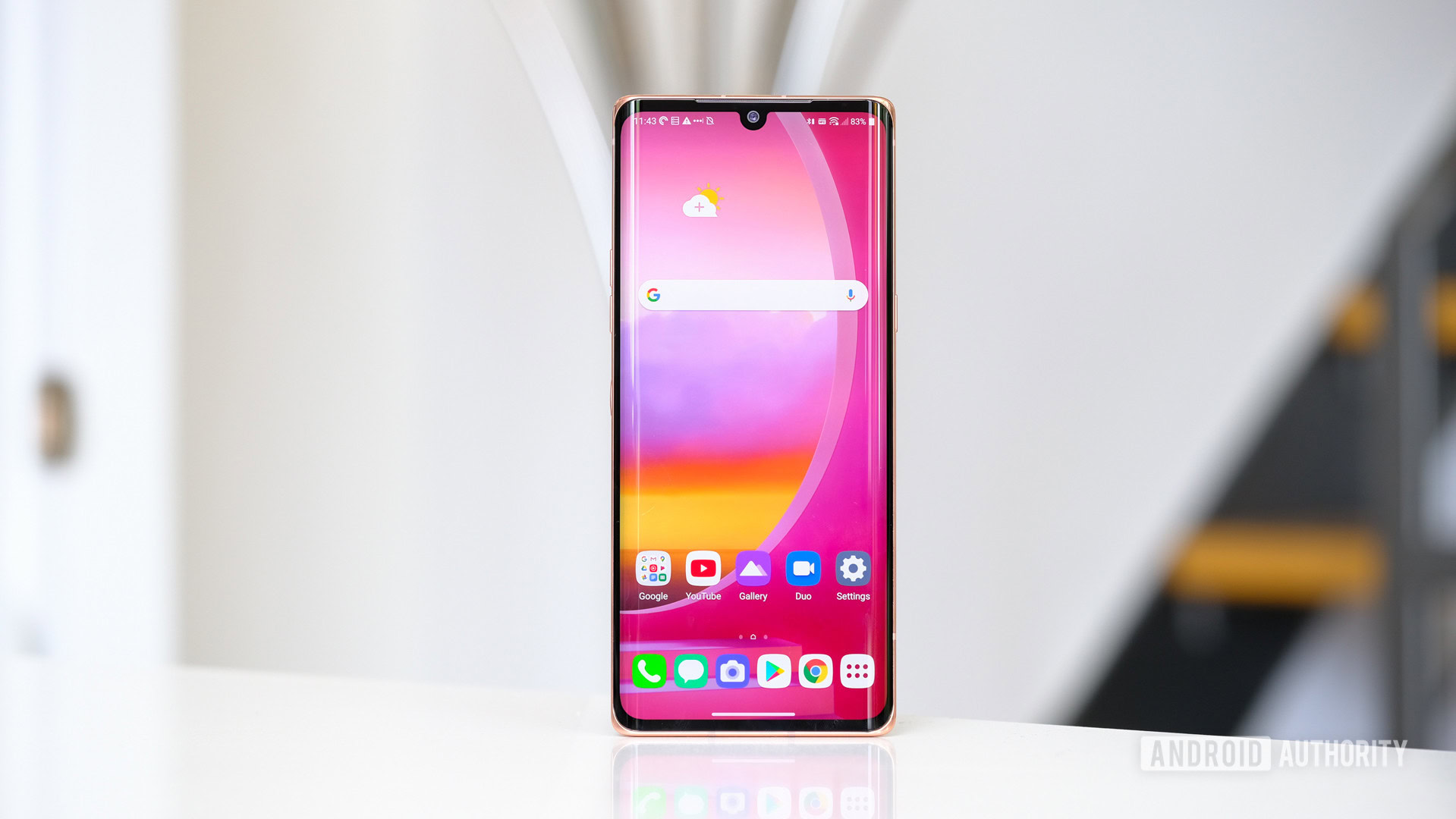
Instead of paying the premium for expensive top-tier chips, some high-profile brands simply opted to pull out of the traditional flagship race and go their own way.
Google and LG are two brands that ran with this “super mid-ranger” formula, foregoing pricey silicon in favor of capable mid-range 5G silicon. This decision meant that the two brands could then bring the heat in other areas. The LG Velvet and Pixel 5 might not have a Snapdragon 865 chipset, but they do offer water resistance, a larger battery, and wireless charging.
This decision by the likes of Google and LG marked a major change in strategy for the smartphone industry, as it showed another way to bridge the gap between premium and mid-range phones. We’ve often seen brands launch affordable flagships with uncompromising levels of power, but sacrificing in other areas. This was also true in 2020 with the Samsung Galaxy S20 FE and OnePlus 8.
The super mid-range bridged the gap between budget phones and premium flagships.
The super mid-ranger strategy takes the opposite approach though, with power being sacrificed in favor of plenty of premium extras elsewhere. Ordinarily, dialing back the power isn’t a great approach, especially a year or two down the line. But between the solid performance of the Snapdragon 765G, premium design, and other neat extras like water resistance and wireless charging, the likes of the Velvet and Pixel 5 make for an interesting proposition.
In a completely different mold, we’ve even seen some phones use older flagship silicon instead of mid-range hardware or current flagship chipsets. One notable example is the €500 realme X3 Superzoom, which offered last year’s Snapdragon 855 Plus chipset. In exchange, the phone delivered a 5x periscope zoom camera, dual selfie cameras, and a 120Hz LCD panel.
What we can expect from 2021’s mid-rangers
Mid-range phones have clearly been one of the few bright spots in a rather disappointing year for the smartphone industry. We’re definitely expecting this momentum to continue for the segment in 2021.
Even cheaper 5G
2020 marked the first year of 5G dipping below the flagship tier. We’re definitely expecting the price of 5G phones to drop even further in the US, Europe, and beyond as chipmakers offer even cheaper 5G silicon.
Another 5G-related trend we’re expecting to see is mmWave 5G connectivity coming down to cheaper price points. The temperamental 5G standard adds a big chunk to component costs, owing to extra antennas and other parts. However, we’ve already seen the TCL 10 5G UW hit Verizon for ~$400. Hopefully, we’ll see the cost of mmWave connectivity reduce somewhat.
Faster displays
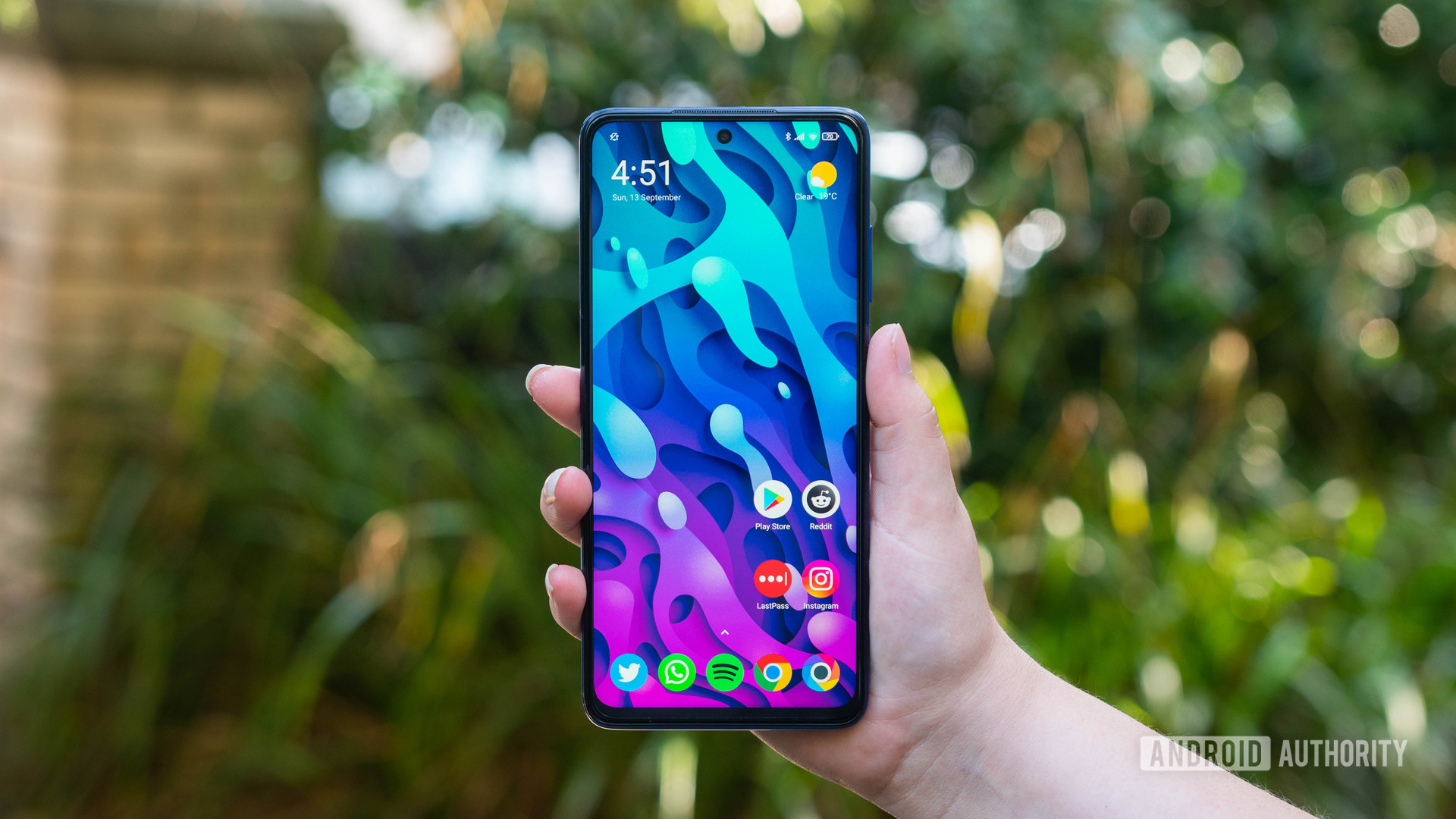
The POCO X2 was one of the first budget phones to offer a high refresh rate panel in early 2020. The tech has rapidly spread to more sub-$400 devices since then. This momentum will likely continue in 2021, with MediaTek previously telling journalists that it expects 90Hz screens to essentially become standard on most mid-tier phones next year.
Under-display cameras
We’re expecting flagship phones to start packing under-display selfie cameras in 2021, but the first phone with the tech was actually a mid-ranger. Yes, the mid-tier ZTE Axon 20 5G packed the feature for a starting price of ~$322 in China. Even a $100 premium for global markets would mean you’re getting the device for under $500. With budget kingpin Xiaomi announcing its plan to bring under-display selfie cameras to phones in 2021, you can bet they’ll have a budget-focused offering as well.
Fast charging becomes more common
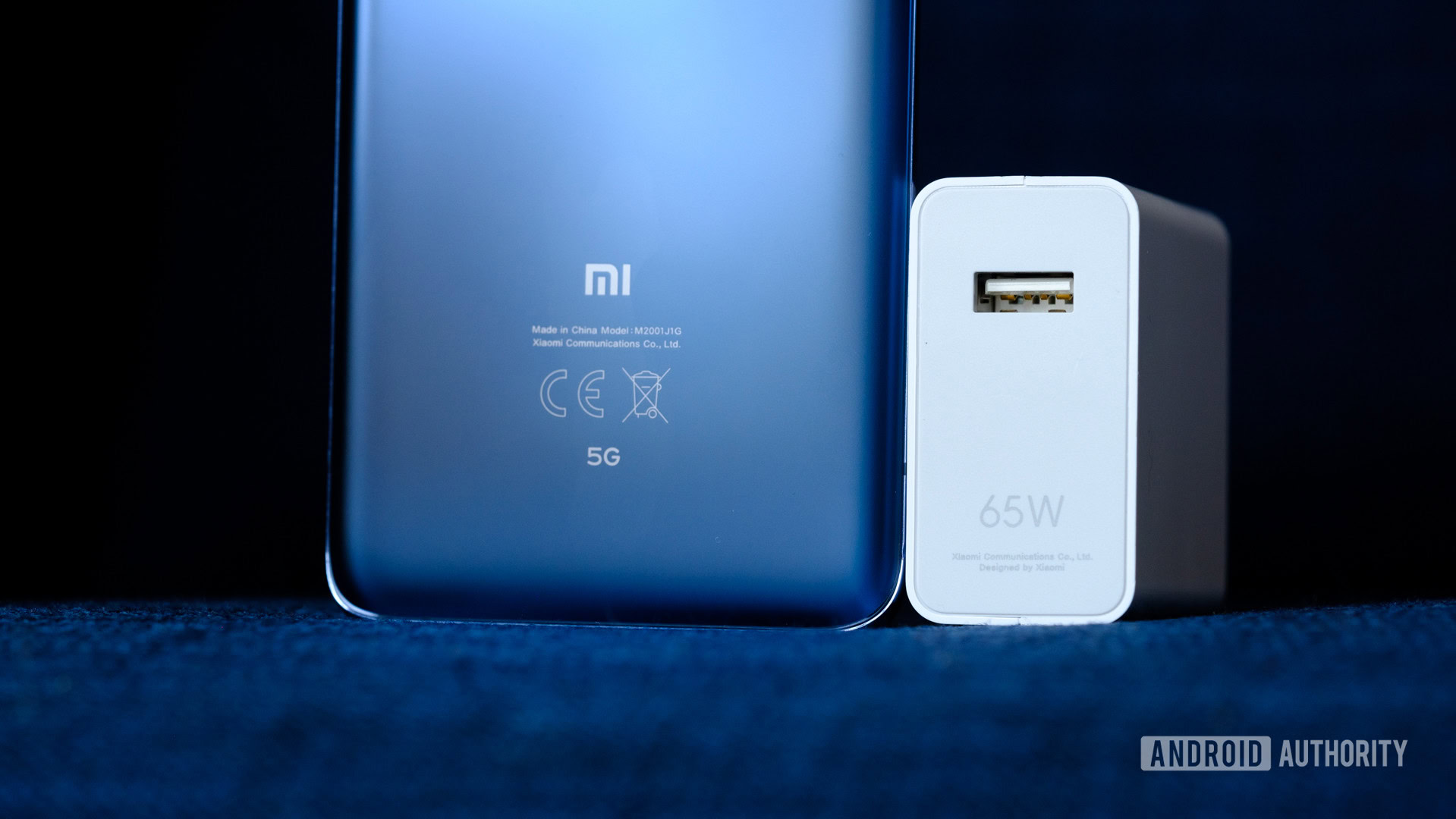
It was only a year ago that we first saw 65W charging come to smartphones thanks to the OPPO Reno Ace. However, we’ve already seen a few mid-range phones packing this tech in 2020.
You can expect more mid-tier phones to adopt fast-charging solutions next year. Higher speed charging is also gaining importance due to more phones offering big batteries, which would take longer to charge at previous speeds.
Improved 4K video
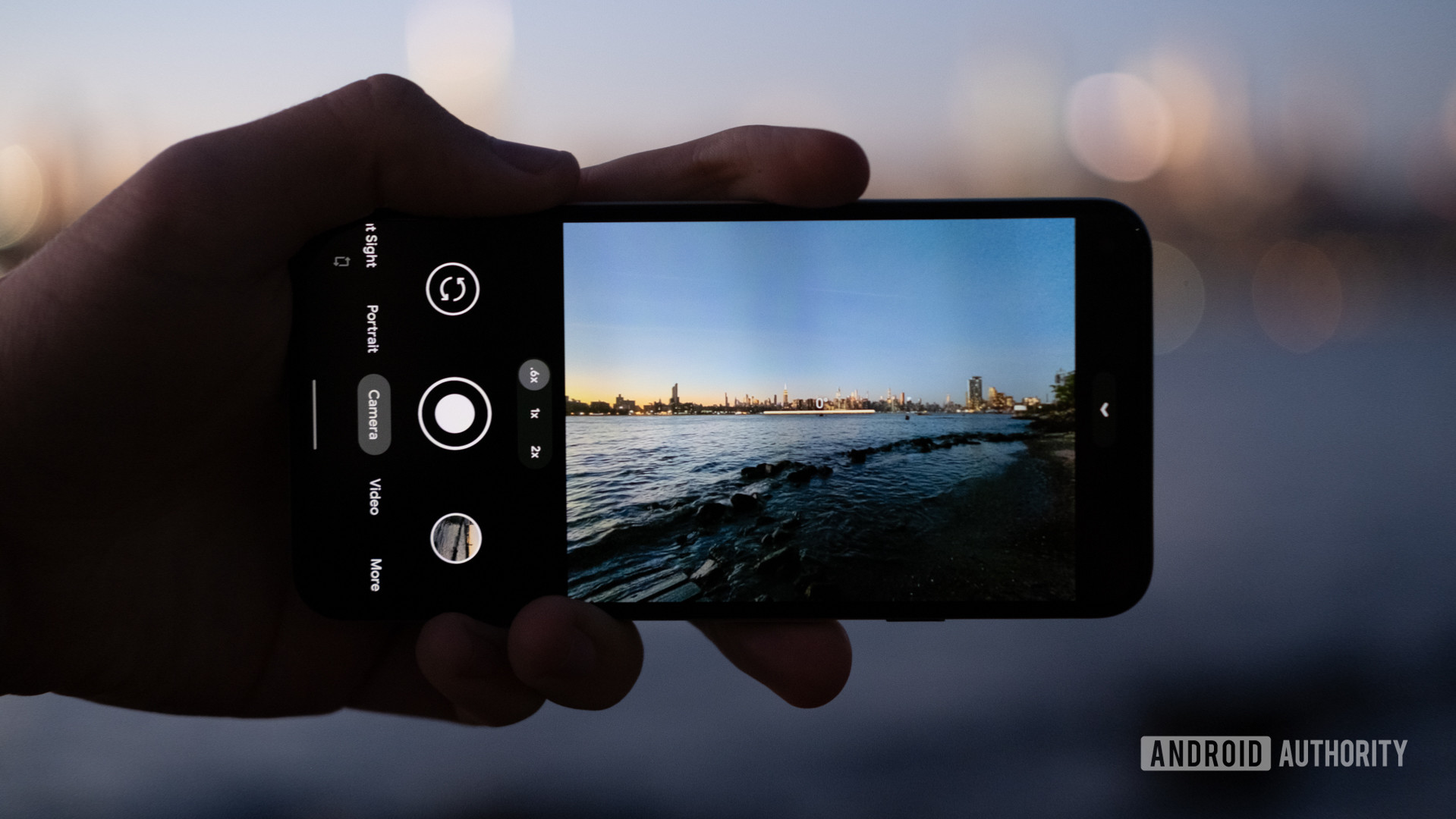
A few mid-tier devices offered 4K/30fps recording support in 2020. We’ve also seen the adoption of 4K/60fps support from the likes of the Pixel 5 and OnePlus Nord, so we’ll likely see both options on more devices in 2021.
Could we see 8K recording come to mid-tier phones next year? Well, between the storage requirements and performance needed for smooth capture, we aren’t holding our breath for many (if any) major mid-rangers to offer this just yet.
Do you think 2020 was the year of the mid-range smartphone? Let us know in the comments below!
Thank you for being part of our community. Read our Comment Policy before posting.